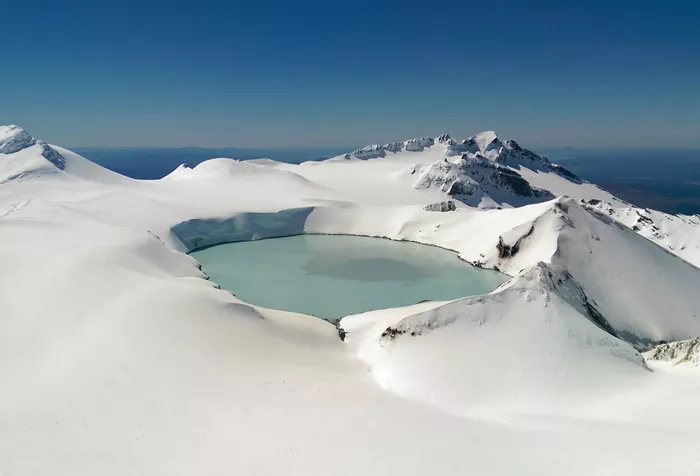Recent avalanches on Mt Ruapehu have led to a stern warning for backcountry skiers and snowboarders. Over the past weekend, several avalanche incidents occurred, prompting the New Zealand Mountain Safety Council (MSC) to issue a crucial reminder for those venturing beyond marked ski areas.
Increased Avalanche Risk Highlights Need for Caution
The New Zealand Avalanche Advisory (NZAA), managed by the MSC, reported multiple avalanche incidents including persistent slabs, which have been categorized as having a “moderate” to “considerable” danger rating. Persistent slabs, hidden deep within the snowpack, are particularly treacherous as they can be difficult to detect and prone to unpredictable behavior.
MSC Chief Executive Mike Daisley emphasized the importance of treating all slopes outside ski field boundaries as backcountry terrain. “These incidents underscore the need for all skiers and snowboarders to approach off-piste areas with extreme caution,” Daisley said. “Fortunately, there were no injuries reported despite several close calls.”
Search Operations and Recent Incidents
On Sunday, Tūroa ski patrol reported signs of an avalanche outside the ski area on Mt Ruapehu. The incident prompted a thorough search operation using avalanche transceivers, a Recco detector, and local search and rescue dogs. Despite the extensive search, no individuals were found in the debris.
This follows two significant incidents on the South Island. In Canterbury’s Craigieburn Range, a skier triggered a persistent slab avalanche, resulting in a close call but no injuries. The incident, which occurred near the Porters ski area, was reported to patrols roughly 40 minutes later.
Additionally, a snowboarder caused a 250-metre-long, 50-metre-wide persistent slab avalanche outside the Fox Peak ski area in the Mackenzie region. Thankfully, no one was caught in the avalanche’s path.
Essential Precautions for Backcountry Adventurers
Daisley highlighted the difference between skiing within controlled ski field boundaries and the uncontrolled nature of backcountry terrain. “While ski patrols actively manage avalanche risks within ski field boundaries, backcountry areas require skiers and snowboarders to be vigilant and prepared,” he noted.
To navigate backcountry terrain safely, enthusiasts should consult the NZAA avalanche forecast, have proper training, and carry essential avalanche rescue equipment. Proper assessment of snow conditions and terrain is crucial to minimizing risk and ensuring safety in these hazardous conditions.
related topics:


